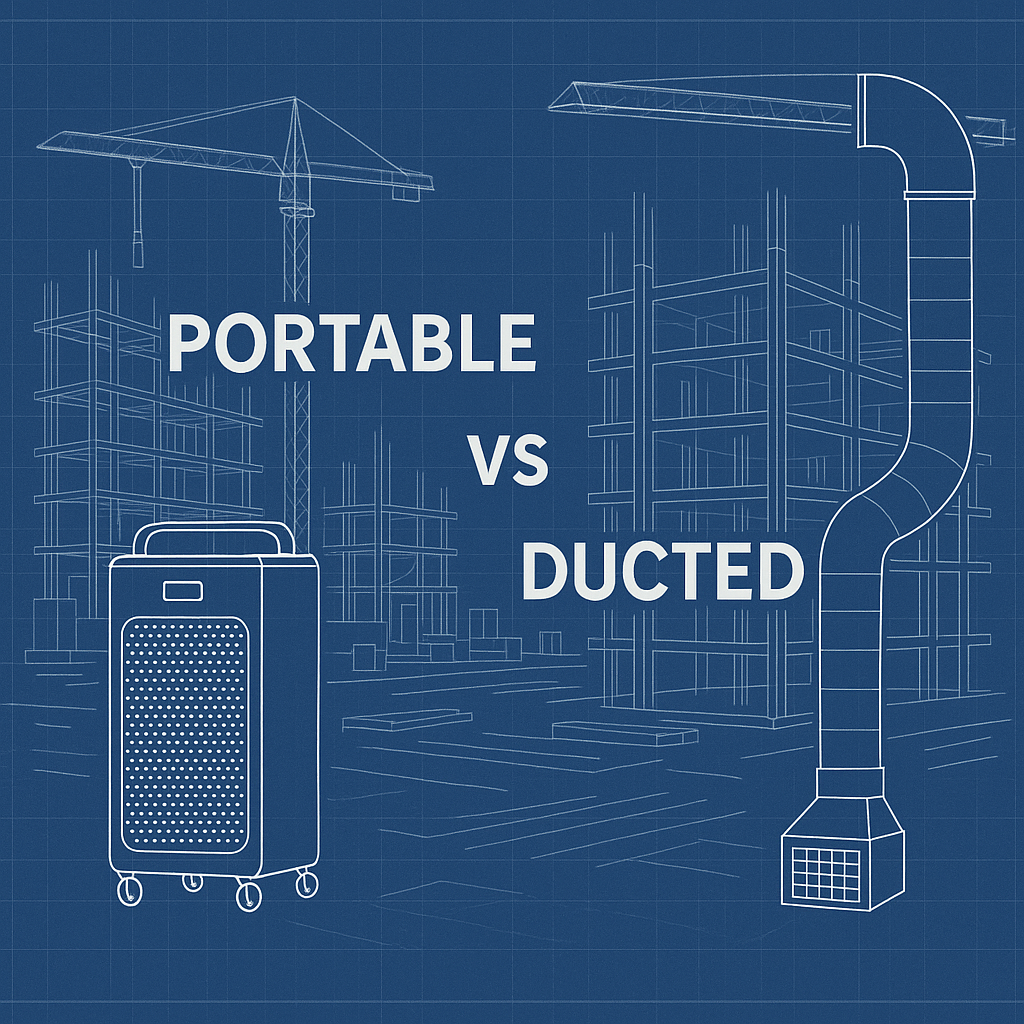 Now that you’ve landed your marijuana cultivation license, it’s time to build your commercial grow room into the well-THC-oiled machine that it can be. But before you begin construction, the first thing you’ll want to do is make a detailed plan that covers any and every contingency with a thoughtful approach toward space and efficiency.
Now that you’ve landed your marijuana cultivation license, it’s time to build your commercial grow room into the well-THC-oiled machine that it can be. But before you begin construction, the first thing you’ll want to do is make a detailed plan that covers any and every contingency with a thoughtful approach toward space and efficiency.
This may seem obvious, but you might be surprised how many go into a commercial setup thinking of it as being no more than just an expanded garage operation. Nothing could be further from the truth, especially once investors are involved. Where the grower may be thinking about it as ‘pound per grow-light,’ the investor is looking at it as ‘grams per wattage per square foot.’ And as a rule, the money always wins. But take heart, planning for efficiency from the onset has the added benefit of increased profits and long-term operational strength due to running lean and being streamlined from the very beginning.
With that in mind, here are 5 often-overlooked things you should consider when designing and building your grow space:
1. Work Flow
It may not seem like a big deal, but you’ll want to lay everything out to be workflow efficient. And by this we mean, do your best to group related room types near each other. For example, position the trimming room next to the drying and curing rooms. Place your clone room next to your mother room so you aren’t carrying clones all over the building. It makes a lot of sense when you think about it, but it's easily one of the most overlooked design elements in a professional growing building. The ultimate goal is to never have to backtrack in production steps. Forward-moving workflow helps reduce time spent moving between tasks and as a result lowers labor costs.
2. Automation
From irrigation systems to self-regulating climate controls, make sure to invest up front in the systems you need to reduce the labor necessary to effectively run the complex. Hand watering is a huge labor cost that can be mostly erased by setting up any one of a number of different irrigation systems. Computer-controlled climate control systems can monitor numerous environmental conditions and automatically manage linked dehumidifiers, humidifiers, fans and more. Just remember, every task that needs to be done by hand is another employee that needs to be hired, cutting into profit margins.
3. Stationary Tables vs. Rail Systems
Stationary tables continue to dominate commercial cannabis grow rooms, but given the efficiency advantages of rail systems, you can expect that to change as the marketplace becomes increasingly saturated with growers. It’s estimated that rolling benches can increase growing space by as much as 60 percent!
Of course, rail system and rolling benches are more costly and, especially with rail systems, will need increased planning to maximize efficiency. But in many cases the extra growing space will start delivering a return on investment within a year or so. Also consider this, with stationary benches you need stationary aisles to reach and care for the plants. With rolling bench systems, tabletops can be moved from side-to-side allowing for just a single designated aisle of space to service rows and rows of tables. You can literally just move the tables and relocate the aisle to wherever it’s needed.
4. Air Purification Technologies
You’re likely already well aware of the risks that bacteria, mold and other contaminants can pose to your crops, so it’s wise to invest in air purification and clean-room technologies that can eliminate many of these pathogens before they’re ever an issue. Ozone generators remove mold and can eliminate odors. Other standalone air purifiers can remove additional contaminants. But perhaps most interesting if you’re building your space from the ground up is including these technologies in your ventilation ducts. Placing filters on your air intakes can prevent many pathogens from ever entering your facility in the first place. With some imagination, the possibilities are endless!
Plus, in terms of future regulations, it would not be surprising if some of these technologies were to become required down the road. Investing up front is far less expensive than having to tear down and retool in an active growing space.
5. Consider a Consultant
Architects and building engineers aren’t always aware of the nuance that comes with cannabis-growing facilities. It can be in your best interest to consider hiring an experienced design consultant to act as a go-between and deliver your wants and needs to the architect in the language they understand. If you do decide to seek a consultant, make sure they have cannabis industry experience. You’ll want them to understand how to marry growing needs with the construction process. And before signing any contracts with a consultant, be sure to check out their background and talk to their former customers and clients. There are many consultants out there without the experience to justify their services.




![4 Ways Indoor Humidity Can Cause Problems For Your Business [2025 UPDATED]](https://blog.purennatural.com/hubfs/a%20factory%20with%20extreme%20humidity%2c%20showing%20condensation%2c%20heavy%20air%2c%20and%20workers%20struggling%20with%20the%20damp%20environment.webp)
